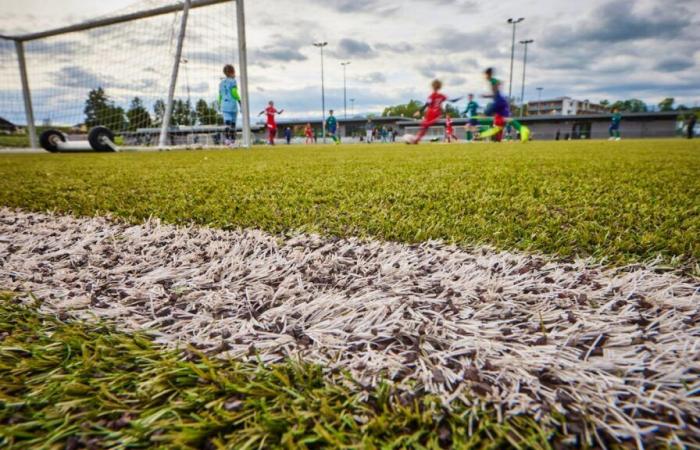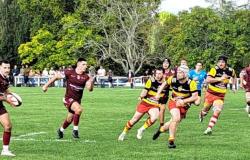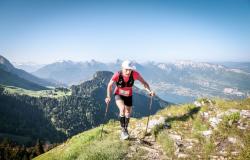“In the case of synthetic pitches, depending on wear and tear, renovating can be as expensive as building new.” This counterintuitive observation comes from Christian Pesch, director of built heritage in the City of Geneva. A very concrete illustration of this paradox arrived on the table of elected officials in mid-September: the plan to renovate municipal sports surfaces. Its cost: 27.4 million francs.
The Administrative Council wants to invest this sum to redo its eleven football fields with artificial turf by 2030 (plus one rugby field, one hockey field and two athletics tracks). This amounts to spending 1.8 million per refreshed playing surface. This is exactly the estimated price of building a new pitch announced by Realsport, the Swiss leader in the sector – which estimates the renovation of a synthetic pitch at around 500,000 francs.
Here, at first glance, we are far from it (read the box). Called upon to clarify the mystery, the Municipal Buildings Department (DACM) provides several explanations. On the one hand, the work is not limited only to synthetic coverings, whose isolated prices respect the standard: for example, 403,000 francs at La Bâtie, 518,000 francs at Vessy, twice 345,000 francs at Bout du Monde.
They also include an entire earthworks, pipes and masonry section. “Under the lawn, you have to put a drainage system, so that the water does not stagnate,” explains Christian Pesch. These installations exist, but are wearing out. “We are convinced that we will have to do some of them again, but to find out, we have to do surveys.” And the lighting is changing. The City wants to switch to LEDs, placed on low masts. “The light is better directed, which is very beneficial for neighbors and nature.”
Christian Pesch also emphasizes that the amounts are not limited to the achievements, but include studies and reserves for unforeseen events, since the work is spread over six years. He also observes that since these lands were built, “the price of raw materials and VAT have increased”. A reality which makes “all our projects” more expensive.
Build: 2.2 million, redo: 2.5 million
“When we renovate, certain elements are refurbished,” notes Christian Pesch. It’s about figuring out what needs to be replaced.” The figures confirm this observation: the erection of land A in La Bâtie cost 1.63 million in 2019. Its renovation is revised to 1.33 million. In Vessy, in 2018, the construction of the rugby field cost 2.2 million. Its restoration is budgeted at 1.49 million. Even more striking, at Bout du Monde, in 2014, the transformation of two stabilized fields to synthetic cost 2.19 million. Renovating them costs 2.52 million.
An average lifespan of 10 years
While natural grass allows 18 hours of use per week at best, a synthetic surface offers 30. This solution therefore proves to be “optimal” for the City, explains the Administrative Council: 82 associations use its outdoor playgrounds , and the number of clubs and members is constantly growing. However, artificial surfaces and athletics tracks, worn by ultraviolet rays and friction, have an average lifespan of ten years – not to mention that approval standards are evolving. The authorities therefore now wish to plan the repairs, rather than proceeding piecemeal by increasing the annual maintenance budgets.






